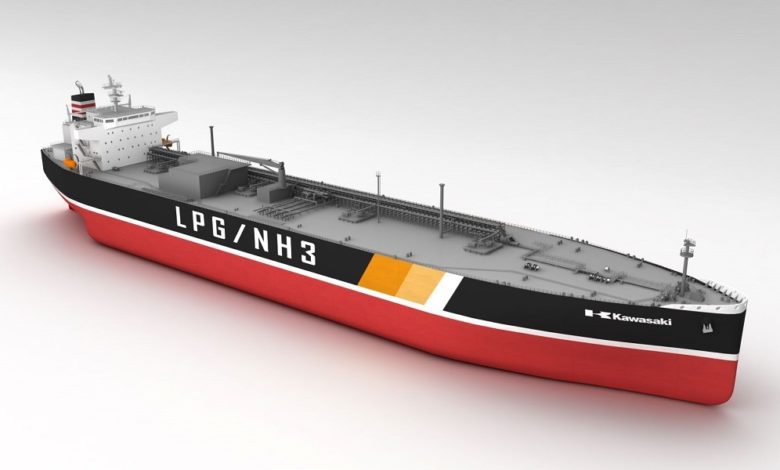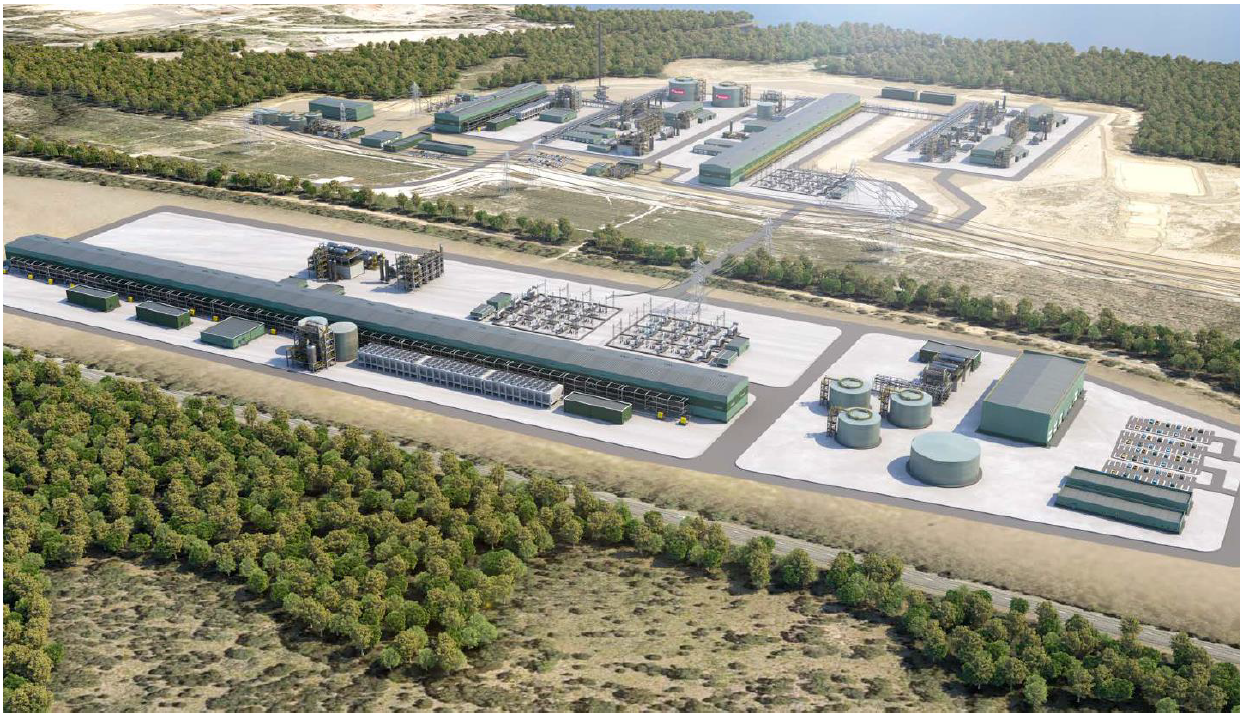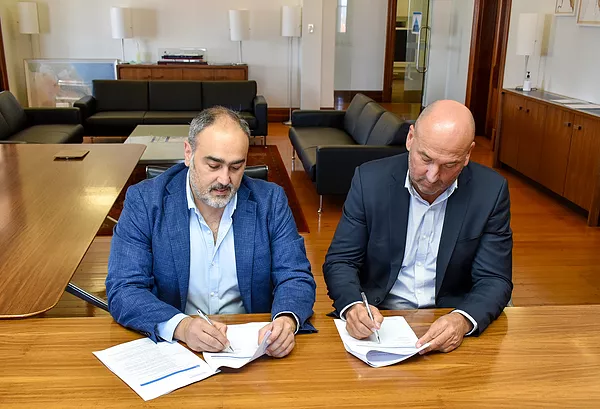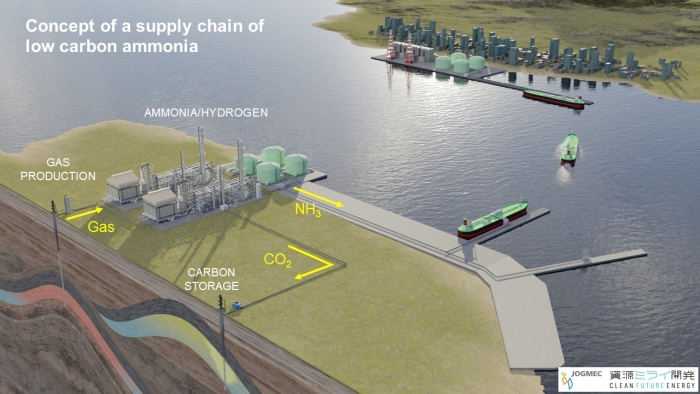Sumitomo looks to ammonia-fueled shipping & bunker fuels
Sumitomo and Oshima Shipbuilding will jointly design & develop an 80,000 m3, ammonia-fueled dry bulk carrier, to hit the water by 2025. In a separate agreement, Sumitomo and Keppel O&M will work together to implement ammonia fuel bunkering in Singapore, with the aim to begin commercial operations in the mid-2020s. Development of a bunkering vessel and a full ammonia value chain (including offshore power generation) is central to the Keppell partnership.









